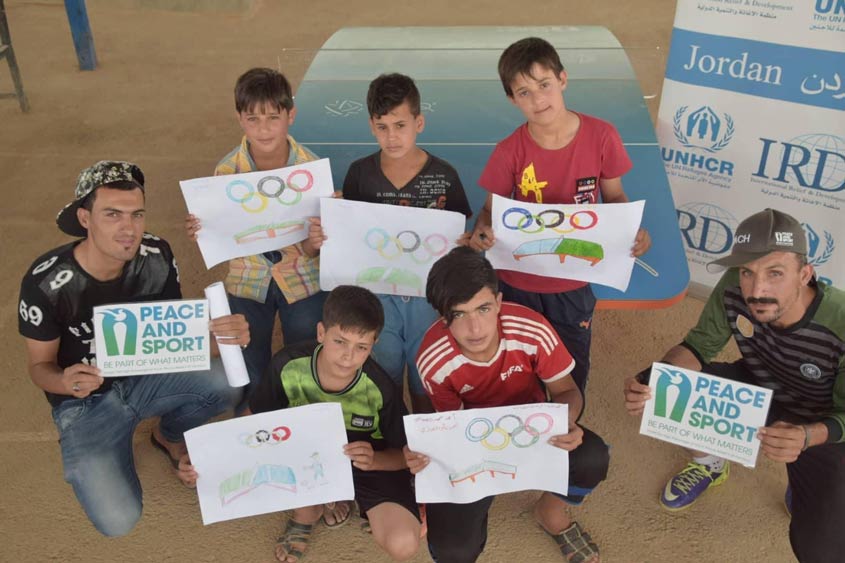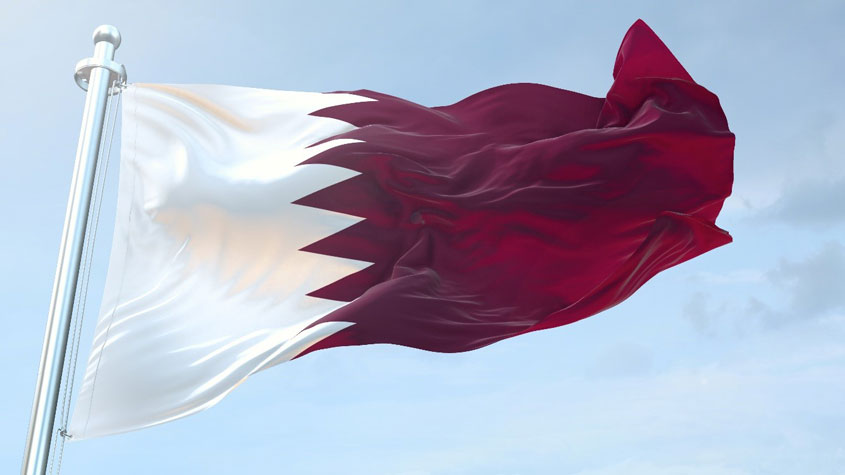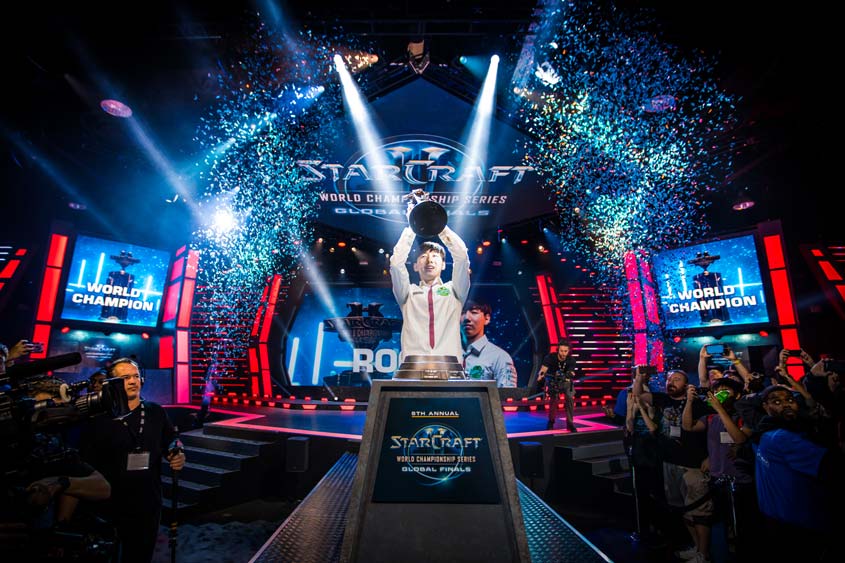Кэтрин Джуэлл, Отдел публикаций, ВОИС
Текбол – новая, гениально простая и захватывающая спортивная игра с мячом – стремительно покоряет футбольный мир. Текболом увлекаются звезды футбола, лучшие футбольные клубы и целые национальные сборные. О проблемах, связанных с развитием этого нового вида спорта, а также о роли интеллектуальной собственности (ИС) в реализации планов компании «Teqball», направленных на популяризацию текбола во всем мире, а в конечном счете – и на его включение в число олимпийских видов спорта, рассказывает один из высокопоставленных сотрудников компании Гергели Мурани.
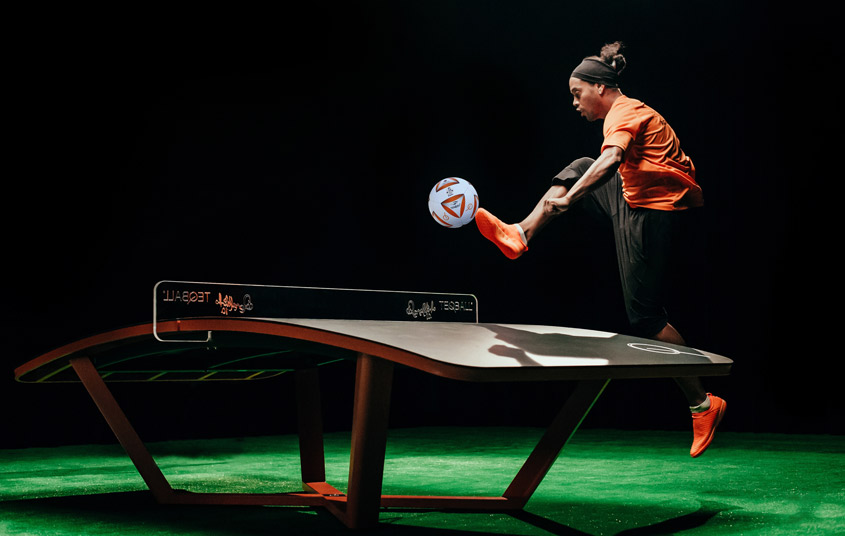
Что вдохновило вас на создание текбола?
Основателями компании «Teqball» являются Габор Борсани, Гиури Гаттиан и Виктор Гузар. Габор, олицетворяющий в команде творческое начало, придумал концепцию игры еще в свою бытность молодым профессиональным футболистом. Когда ему не удавалось попасть на футбольное поле, они коротали время с друзьями, перепасовывая футбольный мяч через сетку на бетонных столах для настольного тенниса, которые в большом количестве установлены в спальных районах Будапешта. Впоследствии он обнаружил, что, если сделать поверхность стола не плоской, а изогнутой, получится гораздо более увлекательная игра, которую мы сегодня называем текболом.
Так что же это все-таки за игра такая – текбол?
Компания «Teqball» является разработчиком инновационного спортивного изделия, используемого для текбола – недавно появившейся игры с футбольным мячом, в которую могут играть как профессионалы, так и любители, включая инвалидов. В этой игре быстрый темп, присущий настольному теннису, совмещается со зрелищностью и популярностью футбола. Одним из важных преимуществ текбола является то, что для игры вам не потребуется целая команда; достаточно будет одного соперника. Мы называем эту игру текболом потому, что она требует наличия хорошей техники и предполагает использование обычного футбольного мяча.
Наша компания, базирующаяся в Будапеште, Венгрия, где расположен наш центр НИОКР, была основана в 2014 г. По сравнению с прошлым годом, когда в компании насчитывалось 38 работников, их число выросло до 130; многие из них – молодые люди в возрасте до 30 лет. Главная цель компании – приносить людям пользу при помощи спорта. Именно это побуждает нас делать то, что мы делаем.
Получается, что текбол – это разновидность футбола?
Когда мы начали придумывать текбол, мы и вправду ориентировались почти исключительно на футбол, но на самом деле на столе, предназначенном для игры в текбол, можно играть в пять разных игр: текбол, текнис, текпонг, кветч и волейтек. На данный момент самой популярной из них является текбол. Так, например, организуемые нами различные соревнования по текболу ориентированы на игру с использованием футбольного мяча. В будущем мы намереваемся выделить остальные игры в отдельные спортивные дисциплины и проводить тек-игры, в рамках которых спортсмены смогут соревноваться во всех видах спорта, которые предусматривают использование стола для текбола. Это будут по-настоящему масштабные состязания.
Расскажите нам поподробнее о столе для текбола
По своим размерам стол для текбола примерно идентичен столу для настольного тенниса, но, в отличие от него, имеет изогнутую поверхность и жесткую сетку, от которой после неудачного удара мяч отскакивает обратно. Это означает, что игроки могут рассчитывать исключительно на свое мастерство и способности. Элемент везения в игре отсутствует. Для того, чтобы начать игру, вам нужен только соперник по другую сторону стола. Текбол дает любителям футбола отличную возможность для оттачивания техники, а также тренировки внимания и выносливости.
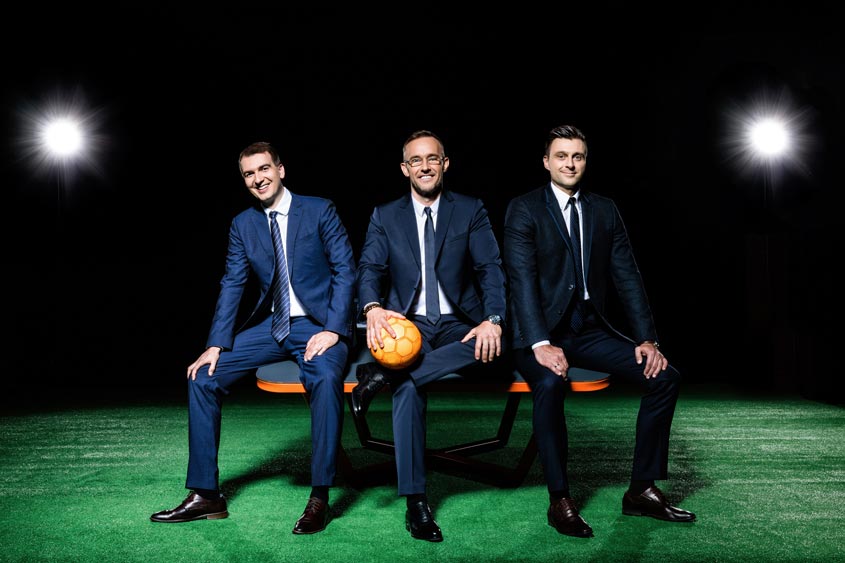
Текбол – это единственный в мире вид тренировки, который обеспечивает игрокам столь тесный контакт с мячом. Именно поэтому он привлекает внимание футболистов. Уже сейчас многие футболисты мирового класса без каких-либо стимулов с нашей стороны играют в текбол в свое свободное время для того, чтобы улучшить технику владения мячом, или же просто для удовольствия. Текбол также отлично подходит для разминки перед тренировкой и заминки после нее. Для того, чтобы игроки могли получать максимальную пользу от текбола и оттачивать свое футбольное мастерство на стадионе с использованием нашего оборудования, мы разработали специальный комплекс тренировочных упражнений.
Принадлежащие нам права ИС – это наш самый ценный актив, охрана которого позволяет нам строить новые бизнес-отношения, при этом не создавая угрозы нашим ИС-активам.
Из каких товаров состоит ваш ассортиментный ряд?
Стол «Teqball ONE» – это очень прочное и долговечное изделие с жестким креплением к той поверхности, на которой оно устанавливается. Муниципальные власти используют их в городских парках, а мы – для проведения профессиональных соревнований по текболу. Мы также выпускаем компактный, передвижной вариант стола под названием «Teqball SMART», который идеально подходит для школ. До конца текущего года мы планируем наладить выпуск более экономичной модели, розничная цена которой будет составлять примерно 700 евро; она гораздо более проста в изготовлении, что позволит нам существенно нарастить объемы производства.
Сложно ли было сконструировать стол с изогнутой поверхностью?
Сделать стол с плоской поверхностью совсем несложно, но вот когда речь заходит о столе с изогнутой поверхностью, который при этом должен быть идеально гладким, легким, бесшумным, а также простым в сборке и перевозке, возникает ряд технических сложностей.
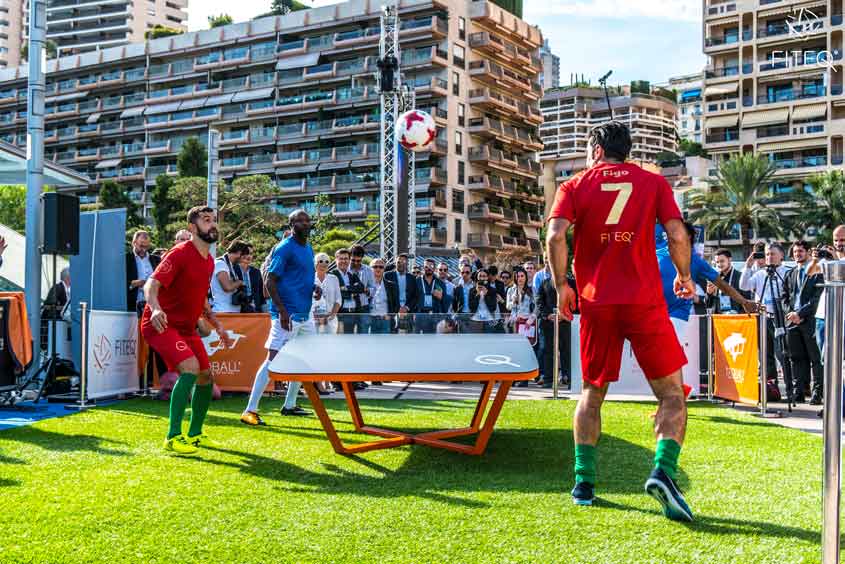
Для того, чтобы найти подходящие материалы, а также наиболее эффективные технические решения, потребовались обширные исследования, эксперименты, терпение и решимость. В итоге нам удалось создать два первоклассных изделия. Наш стол «Teqball ONE» удостоился премии за лучший дизайн Red Dot, а стол «Teqball SMART» – премии iF.
Наши столы оснащены УФ-защитой и могут использоваться как в помещении, так и на открытом воздухе. Рабочие поверхности столов изготовлены из ламината высокого давления (ЛВД), а их опоры – из стали, которая устойчива к коррозии от воздействия морской воды или снега. Демонстрируя свою приверженность качеству, мы изготавливаем наши столы из высококачественных материалов.
Самой большой проблемой для нас стал поиск инвестора, который смог бы поддержать нашу бизнес-идею. После длительных поисков, продолжавшихся полтора года, нам удалось договориться о финансовой поддержке с венгерским венчурным инвестором Гиури Гаттианом.
Когда мы придумали концепцию текбола, мы понимали, что нам необходимо обеспечить ее охрану. Поскольку эта концепция была достаточно проста, ее мог скопировать любой желающий, вследствие чего важность ИС осознавалась нами с самого начала.
Каковы ваши целевые рынки?
Наш главный рынок сбыта – Европа; именно она славится наиболее высокоразвитой культурой футбола. Интересно, что популярность европейского футбола растет и в США, где он воспринимается как более дешевая и безопасная альтернатива американскому футболу. Мы также работаем в странах Африки, Азии и Латинской Америки; в частности, бразильцы проявляют интерес к занятиям текболом параллельно с футболом.
Как вам удается заинтересовать людей игрой в текбол?
Поначалу убедить людей попробовать сыграть в текбол было непросто, но, попробовав, они потом не могут от него оторваться. Мы рассказали про текбол всем нашим знакомым, имеющим отношение к футболу. Мы понимали, что нам нужно стремиться к тому, чтобы люди увидели, как популярные футболисты играют в текбол на нашем оборудовании. Сегодня в текбол играют многие звезды футбола, ведущие футбольные клубы, включая «Барселону», «Реал Мадрид», «Арсенал» и «Челси», а также национальные сборные. Они начали играть в текбол не потому, что мы им за это заплатили, а просто из-за того, что получали истинное удовольствие от этой игры. Это сильно помогло нам в популяризации текбола как вида спорта.
В этом году Олимпийский совет Азии официально признал текбол отдельным видом спорта. Для нас это очень большой шаг вперед, поскольку это означает, что теперь текбол является официальным видом спорта в 45 странах Азии. Кроме того, данный шаг открывает возможность для включения текбола в программу следующих Азиатских игр, которые являются вторыми по значимости спортивными состязаниями в мире.
Какие шаги вы предприняли для популяризации текбола как профессионального вида спорта?
Приняв решение продвигать текбол в качестве профессионального вида спорта, мы осознали необходимость создания федерации, которая занималась бы регламентацией текбола; Международная федерация текбола (ФИТЕК) была учреждена в 2017 г. Она базируется в Лозанне (Швейцария). Процесс ее создания был инициирован нами незадолго до проведения первого Кубка мира по текболу в Венгрии в 2017 г. О быстром росте популярности нашего вида спорта свидетельствует тот факт, что в Кубке мира по текболу, состоявшемся в 2017 г. в Венгрии, приняли участие 20 стран, а в Кубке мира 2018 г., который прошел в Реймсе (Франция) – уже 42 страны.
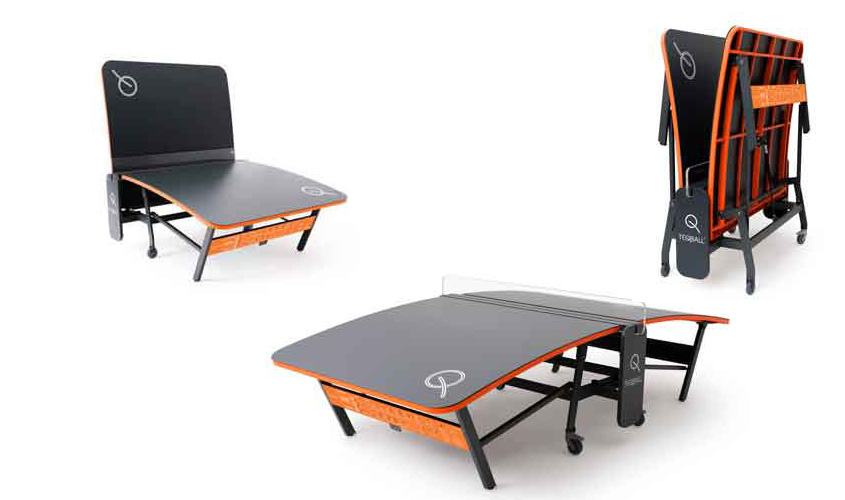
На каком этапе вы осознали важность ИС?
Когда мы придумали концепцию текбола, мы понимали, что нам необходимо обеспечить ее охрану. Поскольку эта концепция была достаточно проста, ее мог скопировать любой желающий. Таким образом, важность ИС осознавалась нами с самого начала. Мы обязали всех наших потенциальных партнеров подписать грамотно составленные нами соглашения о неразглашении информации (СНИ), а также предприняли шаги в целях истребования охраны на конструкцию наших столов и другие технические решения. На данный момент мы подали заявки на получение охраны примерно в 50 различных странах, воспользовавшись при этом предлагаемыми ВОИС эффективными механизмами подачи заявок и регистрации прав на ИС, включая Договор о патентной кооперации и Гаагскую систему международной регистрации промышленных образцов.
Принадлежащие нам права ИС – это наш самый ценный актив, охрана которого позволяет нам строить новые бизнес-отношения, при этом не создавая угрозы нашим ИС-активам. Права ИС занимают центральное место в наших бизнес-планах, касающихся создания глобальной сети производителей и дистрибуторов наших столов, которая позволят любителям спорта, желающим играть в текбол, приобретать нашу продукцию по доступным ценам. Так, например, высокие таможенные пошлины, действующие в странах Южной Америки, приводят к неоправданному завышению цен на нашу продукцию. При помощи местной компании-партнера в сфере производства и дистрибуции мы сможем расширить предложение столов для текбола и снизить цены. С этой же целью мы уже осуществляем сотрудничество с компанией-партнером в Китае. Что касается Европы, то нашим основным каналом продаж в этом регионе будет наш интернет-магазин, поскольку это позволяет нам предложить покупателям более гибкие условия оплаты товара (например, клиент имеет возможность внести первый взнос, а оставшуюся сумму заплатить в рассрочку ежемесячными платежами). Мы видим в этом хорошую возможность для того, чтобы повысить популярность нашего вида спорта и его доступность для всех желающих им заниматься. Реальную ценность для нас имеет не количество проданных столов, а число людей, которых нам удастся увлечь игрой в текбол. Мы не только продаем спортивный инвентарь, но и приносим людям радость от занятий спортом. Кроме того, права ИС играют важную роль в наших усилиях, направленных на популяризацию текбола и его развитие в долгосрочной перспективе.
Считаете ли вы важным наличие спонсоров?
В среднесрочной перспективе мы думаем над созданием брендов для проведения различных соревнований по текболу, включая чемпионаты мира и мировые кубковые турниры. Все эти соревнования необходимо будет продвигать при помощи реализации эффективных стратегий в сфере ИС, с тем чтобы обеспечивать привлечение спонсоров, СМИ, ведущих игроков и, конечно же, зрителей. В ходе первых игр по пляжному текболу, которые состоялись на пляже Лупа близ Будапешта в 2018 г., мы уже подписали спонсорские соглашения с такими крупными компаниями, как «BMW» и «Hublot». С учетом того, что текбол воспринимается в мире с большим энтузиазмом, в ходе следующих чемпионатов мира по текболу в 2019 и 2020 гг. мы планируем вывести спонсорскую поддержку бренда «Teqball» на новый уровень и привлечь к участию в нашей спонсорской программе многих новых участников мирового уровня.
Организуются ли трансляции соревнований по текболу?
Да, трансляции – это отличный способ стимулирования интереса к текболу. В будущем продажа прав на трансляцию этих соревнований станет самым важным источником доходов компании. В 2018 г. мы впервые транслировали соревнования в рамках Кубка мира по текболу на сайтах «YouTube» и «Facebook». Игры по пляжному футболу, состоявшиеся в Кабо-Верде в июне 2019 г., транслировались по телевидению в Европе и Африке. На данном направлении наблюдается достаточно ощутимый прогресс.
Какие у вас планы на будущее?
Мы хотели бы привлечь к занятиям текболом как можно больше людей. Для этого мы разрабатываем широкий ассортимент обучающих материалов для школ, с тем чтобы способствовать формированию нового поколения любителей текбола. Наша многопрофильная группа также организует спортивные мероприятия, центральное место в которых занимают соревнования по текнису, текпонгу, кветчу и волейтеку. В данной связи ИС также призваны сыграть важную роль. Но наша самая заветная цель – это включение текбола в число олимпийских видов спорта.
Хотя сегодня мы видим, что наш бизнес динамично развивается, мы никогда не рассматривали текбол лишь как бизнес-проект, направленный на получение прибыли. Наша цель – приносить людям пользу при помощи спорта. Именно поэтому в 2018 г. мы приступили к реализации нескольких программ корпоративной социальной ответственности (КСО) в различных регионах мира. В частности, мы безвозмездно предоставили два стола для игры в текбол для нужд лагеря беженцев Заатари в Иордании, где мы также реализуем программу тренировок. В настоящее время в этом лагере работают два профессиональных тренера по текболу, которые проводят регулярные занятия с находящимися в лагере детьми. Таким образом мы дарим им надежду на лучшее будущее, а также радость от занятий спортом.
Что вы могли бы посоветовать молодым изобретателям?
Верьте в себя, никогда не задирайте нос и не сдавайтесь.
